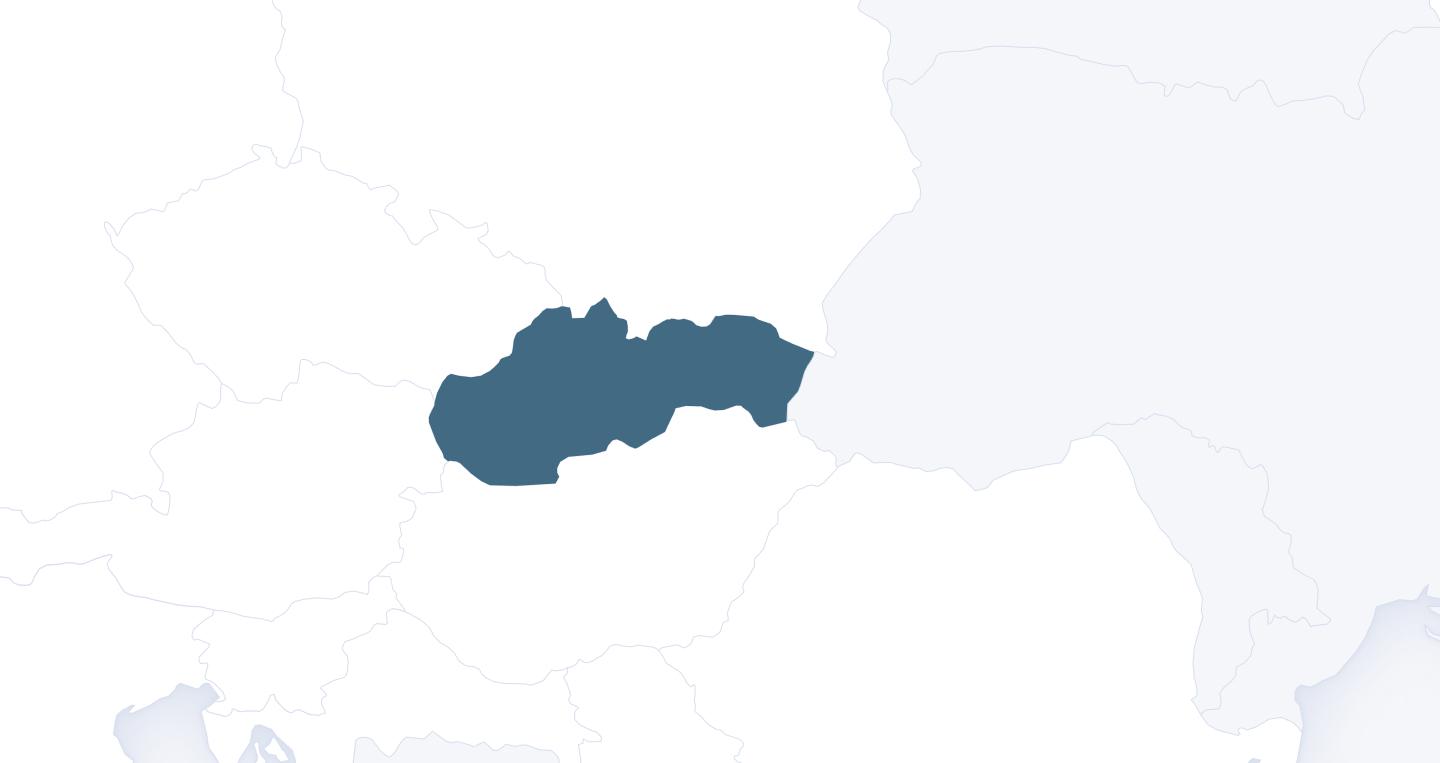In summary
In Slovakia there is a statutory minimum wage of 4.31€ per hour, which makes a minimum wage of 750€ per month (-3.50% in real growth terms comparing to the previous year). The MW is set by the trade unions and employers, or by the government if trade unions and employers do not reach an agreement. The criteria guiding the adjustments of MW is 57% of the average gross wage (if trade unions and employers do not come to an agreement). There are staggered higher rates depending on the job demands. The gender pay gap is 17.7%, while the in-work poverty rate is 9.1%. Finally, wage inequality (calculated as Interdecile ratio P90/P10) is 3.1.
Minimum Wage in Slovakia
Statutory Minimum Wage ?
Yes
Hourly Minimum Wage
4.69€
Monthly Min. Wage
816.00€
MW as % Gross Median Wage
51.00%
MW as % Gross Average Wage
43.00%
Nominal Growth rate of Wages
8.80%
Real Growth rate of wages
5.50%
Real Growth rate of wages
5.50%
% of workers covered by minimum wage
5.70%
Automatic indexation of adjustments
yes
MW setting procedure
Trade unions and employers; automatic setting (government) if trade unions and employers do not reach agreement
Criteria guiding adjustment of MW
57% of the average gross wage - if trade unions and employers do not come to an agreement
Variations from statutory Minimum Wage
Staggered higher rates depending on the job demands
Presence of variations from statutory minimum wages
Staggered higher rates depending on the job demands
Consultative body on statutory Minimum Wage and social partner involvement
In principle, the MW adjustment is based on negotiations between unions and employers; if they reach no agreement, the government can set the MW at 57% of the average wage of two years ago.
Gender Pay Gap
15.70%
In-work poverty rate
10.30%
Income inequality (income quintile share Ratio S80/S20)
3.28

